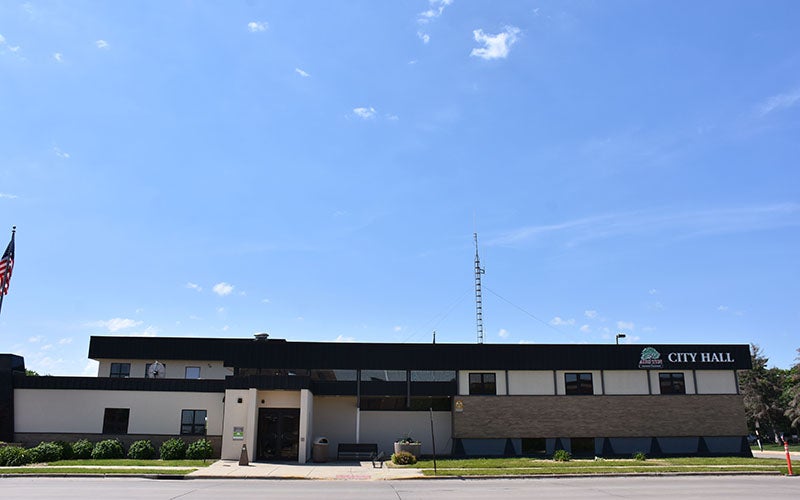Future of state’s historic tax credit program still up in air
Published 6:30 am Saturday, April 10, 2021
|
Getting your Trinity Audio player ready...
|
The future of the Minnesota Historic Structure Rehabilitation Tax Credit, which proponents say has strengthened economic development opportunities to revitalize historic buildings, remains in question with a little over a month remaining in the legislative session.
Erin Hanafin Berg, policy director at Rethos, formerly known as the Preservation Alliance of Minnesota, said the House omnibus bill recently released included an eight-year extension on the program. It is unknown at this point what will happen in the Senate as it has not yet released its omnibus bill.
The program, which offers a 20% state tax credit on qualified rehabilitation expenditures for buildings listed on the National Register of Historic Buildings, was originally created as a bipartisan initiative in response to job losses sustained during the Great Recession and was initially created with a five-year sunset date. The state tax credit parallels an existing federal rehabilitation tax credit program that has existed since the 1980s. Projects have to go through an application process with the State Historic Preservation Office before work begins.
To qualify for the state tax credit, the property has to be listed on the National Register of Historic Places, be an income-producing property and have substantial rehabilitation, all of which needs to be approved at the State Historic Preservation Office.
Hanafin Berg said her office has been working diligently on the extension for a few years now and if not for the pandemic, they had hoped it would have been extended last year. Now they are coming up to a crunch as all aspects of the tax credit program will need to be approved by June or some projects could be in jeopardy. She said she has had architects approach her concerned about the timing.
She said the tax credit program preserves irreplaceable structures and creates economic opportunities in communities through jobs — not only in the renovation process but in the entrepreneurial projects that come out of the renovations. The program has generated over $3.5 billion in economic activity and over 18,000 jobs since 2011, she said.
She talked about how critical the program is, particularly during the pandemic recovery.
“These will be the kinds of things that are drawing people to spend time there,” Hanafin Berg said of the projects that come out of the renovations.
She said there has also been a proposal she is excited about on the federal level that would allow for additional flexibility in the program for smaller projects, in particular. It includes a temporary boost in the value of the credits from 20% to 30% for four years and a permanent boost to 30% for projects that are less than $2.5 million in qualified rehabilitation expenses, which she said includes a majority of the projects that take place in Minnesota.
“The entire goal would make it easier for smaller projects to happen,” she said, noting it would also open up the kinds of projects that could qualify. “It could make a huge difference throughout all of Minnesota.”
Albert Lea City Manager Ian Rigg said the tax credits are a great incentive for developers but he would like more flexibility with the program, particularly for smaller communities, to allow for more use of the program. He said if the credits are too difficult to achieve, they may put a damper on investors’ ability to restore and preserve a building.
In Albert Lea, the historic tax credit program is presently part of a proposal to turn 131 and 137 E. Clark St. — known historically as the Rasmus Jensen Building and the Danish Brotherhood Society Lodge 75 — into 20 loft-style apartment units.




